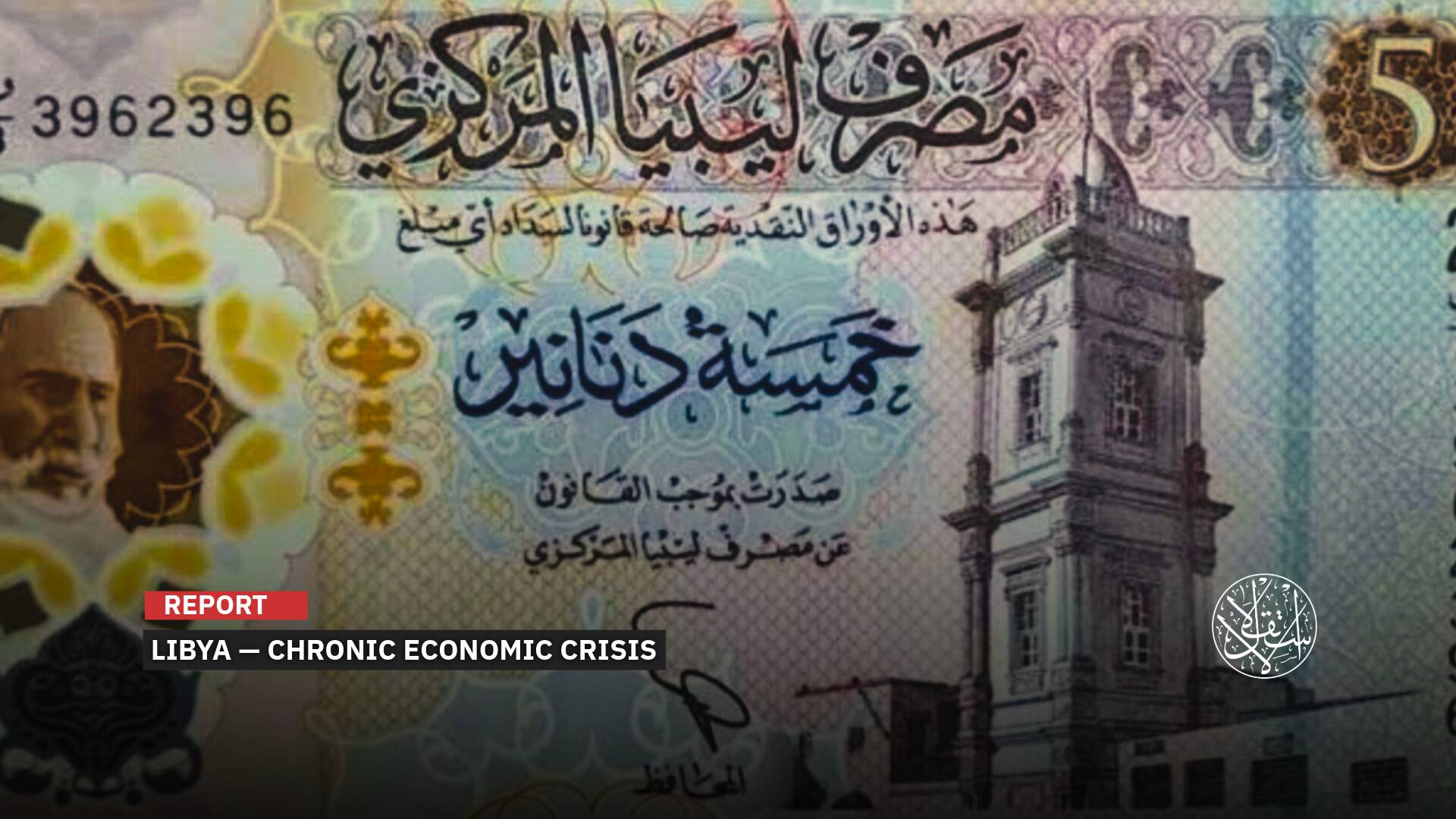768 Mosques Attacked in Germany: The Far-Right’s Great Replacement Campaigns are Fueling Unjustified Hatred

The German government announced that 83 Islamophobia crimes were recorded in the country in the first quarter of 2022.
This came in the German government's response to an interrogation regarding Islamophobia crimes committed in Germany, submitted by the Left Party.
In a related context, a report prepared by the Brandeilig Initiative of the International Association Against Discrimination (FAIR), indicated that 768 attacks on mosques in Germany were recorded between January 2014 and June 2021.
Brandeilig stated that in most of the cases, crimes were not properly investigated. “In general, the clearance rate for mosque attacks can be considered very low.” The attack incidents include arson attacks, where suspects intended to cause death or great bodily harm.
Spreading Fear
In an interview with Al-Estiklal, the director of the Maghreb Center for Strategic Studies Zouhair Attouf said: “The hate speech promoted by the neo-Nazis and the far-right in Germany plays a key role in the spread of the incidents of attacks on mosques and Muslims. One of the most prominent theories that are promoted to spread fear of the spread of Islam and of the increase of Muslims’ numbers in Europe is the Great Replacement theory.”
He added: “The rhetoric of the extreme right in Europe shows that Muslims will become a majority in European society, while Christians and non-believers will become a minority. As a majority in the future, the Muslims may enact laws that threaten the other minorities. They often refer to research, and studies to support their ideas. This is a false claim to fuel hatred. The numbers are misleading because children of Muslim families who grew up in Wester counties would not necessarily become Muslims”
The exact number of Muslims in Europe is unknown. According to the statistics of the Pew Institute, the number of Muslims in all of Europe, except Turkiye, has reached 44 million, which constitutes about 6% of the total population of Europe, including 19 million, 3.8% of the population of the European Union.
There are data on the growth rates of Islam in Europe revealing that an increasing number of Muslims residing in Europe is mainly due to immigration and high birth rates.
In a study conducted by the Pew Institute on Muslims, it was found that the proportion of Muslims in Europe is expected to reach about 8% of the European population in 2030, due to the increase in the proportion of Muslims in Europe now and expected in the future.
This is mainly caused by the low rate of European births in exchange for high fertility rates Among the Muslims, in addition to the influx of Muslim immigrants from the Maghreb, Turkiye, and Africa. In another study, it was found that high birth rates were the main reason for the growth of the Muslim population. "Conversion to Islam does not play a big role in the increase in the number of Muslims in the world," James Bell, the lead contributor to a study conducted by the Pew Institute on Muslims, told AFP, referring in particular to the fertility rates.
Possible Scenarios
A recent Pew Research Center study predicted a rise in the number of Muslims in Europe in the coming decades. According to the Pew, this rise is based on three different models:
The first stems from the possibility of stopping any process of immigrants entering European countries, and then the proportion of Muslims is expected to rise from 5 percent to 7.5 percent by the year 2050. The explanation for this is due to the nature of the Muslim generation in Europe, as it is a “young” community compared to the rest of the European population as well. The birth rate of Muslims is usually higher than that of non-Muslims.
The second model of the study stems from the possibility of a complete cessation of the process of receiving refugees, but with the continuation of the “normal immigration” of students, job seekers, and families of immigrants, almost at the same pace that it was in the past decades. In this case, the study expects growth in the proportion of Muslims to 11.2 percent in the year 2050.
The third model depends on the continued arrival of migrants at the same rate that was recorded between 2014 and 2016 in Germany and Europe. Then the study expects a rise to 14 percent in 2050.
Misleading Campaigns
According to the Pew Center, immigration is expected to positively affect the proportion of Muslims in Europe between 2010 and 2050 by about 1.8% of the region's population. In some countries, immigration is expected to have a greater impact. Including Sweden, where the proportion of Muslims in the population will increase due to immigration by 2050, by about 5.6%.
In addition to Sweden, the European countries where immigration is expected to have the greatest impact on the Muslim population - a difference of at least three percentage points - are Norway, Spain, and the United Kingdom.
According to forecasts of the Pew Research Center for the period between 2010-2050 on the number of Muslims, conversion to Islam will not be a reason for the growth of the Muslim population in Europe. The center expects 1,580,000 converts to convert to Islam in exchange for 1,640,000 people leaving it during this period.
A report by the Center for Strategic and International Studies has argued that some expectations of the Muslim population are exaggerated because they assume that all Muslim children will become Muslims even in cases of mixed parentage.
Similarly, Foreign Affairs' Darren Sherkat questioned whether some of the Muslim growth forecasts are accurate because they do not take into account the growing number of non-religious Muslims. There is no quantitative research, but in analogy with the trend in the US, data from the US General Social Survey indicate that 32% of those who were brought up in Islamic families do no longer adopt the Islam as a religion in the adulthood, and about 18% have no religious identity.














